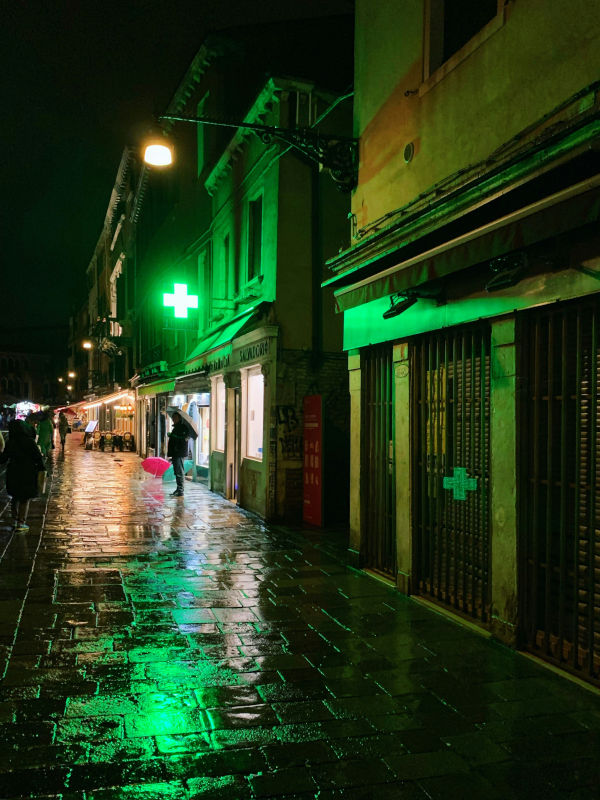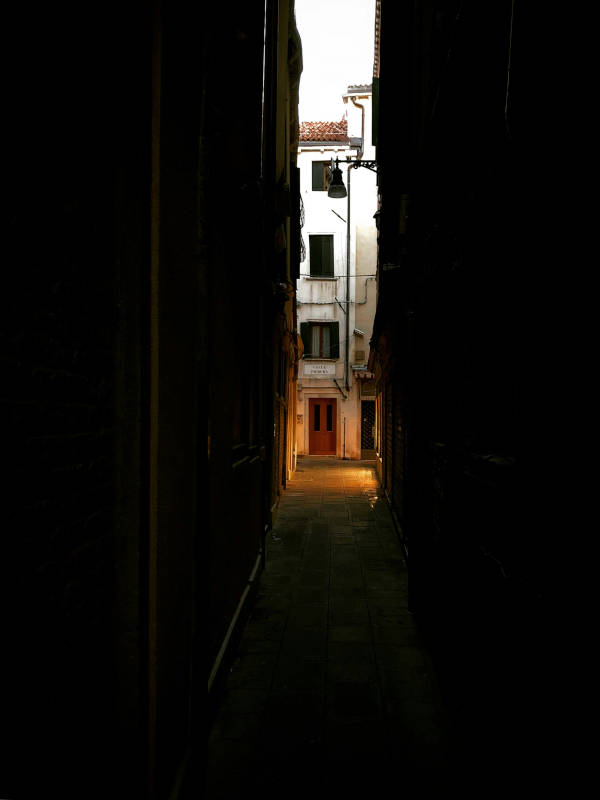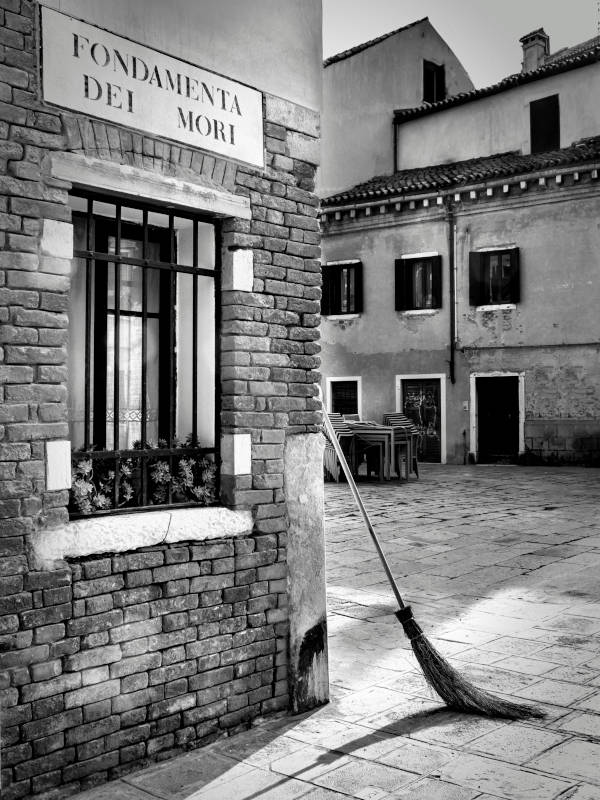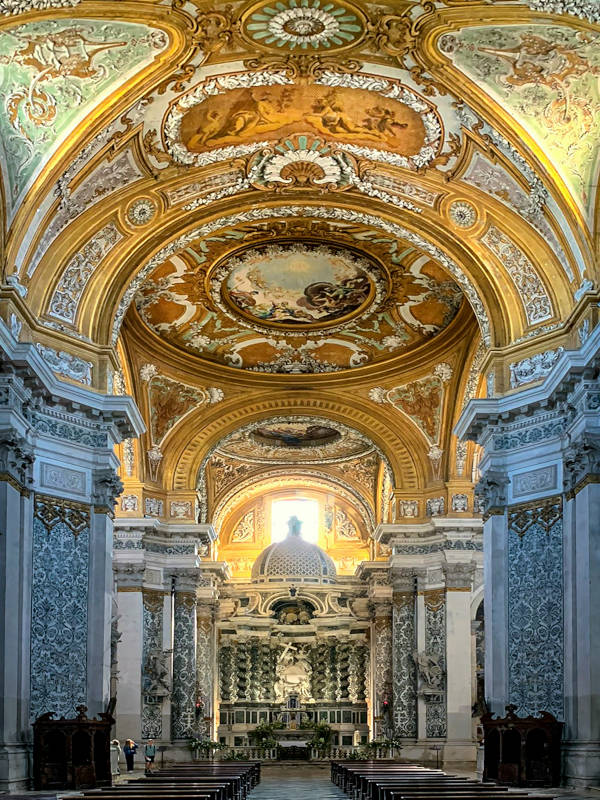Cannaregio
Cannaregio is one of the six sestieri (districts) of Venice, Italy. It is located in the northern part of the historic city and is known for its picturesque canals, charming calle (narrow streets), and historic buildings.
Cannaregio is home to the Jewish Ghetto, one of the first ghettos ever created in the world. This area boasts a rich cultural heritage and is also popular among tourists for its authentic Venetian atmosphere away from the main tourist sites. Visitors can explore the Ghetto, walk along the Fondamenta della Misericordia, and visit attractions such as the Church of Madonna dell’Orto and the Ca’ d’Oro. Additionally, Cannaregio offers a variety of shops, cafes, and restaurants where visitors can enjoy local cuisine and immerse themselves in the unique atmosphere of this historic district.
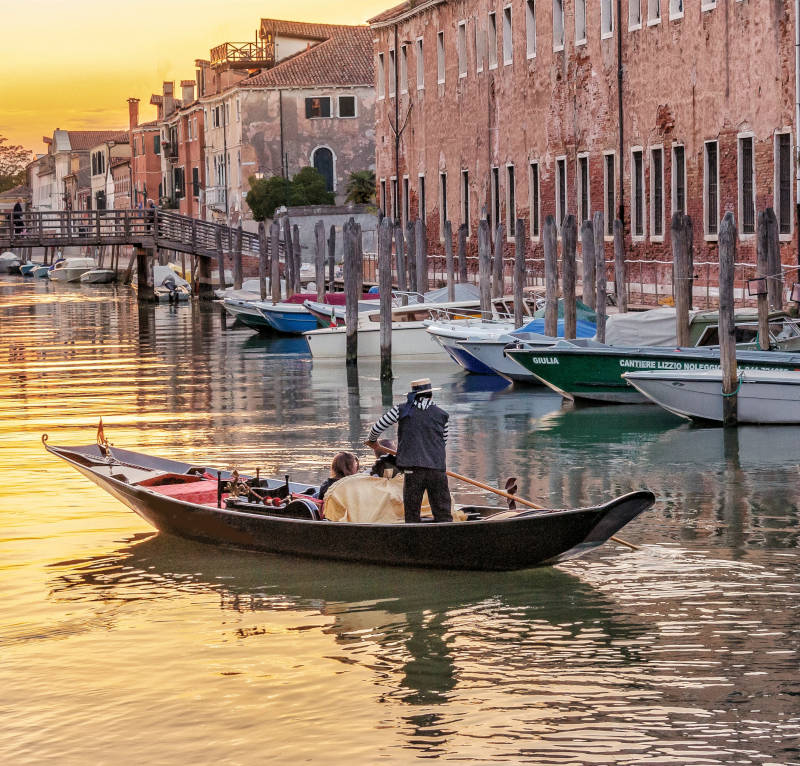
Cannaregio
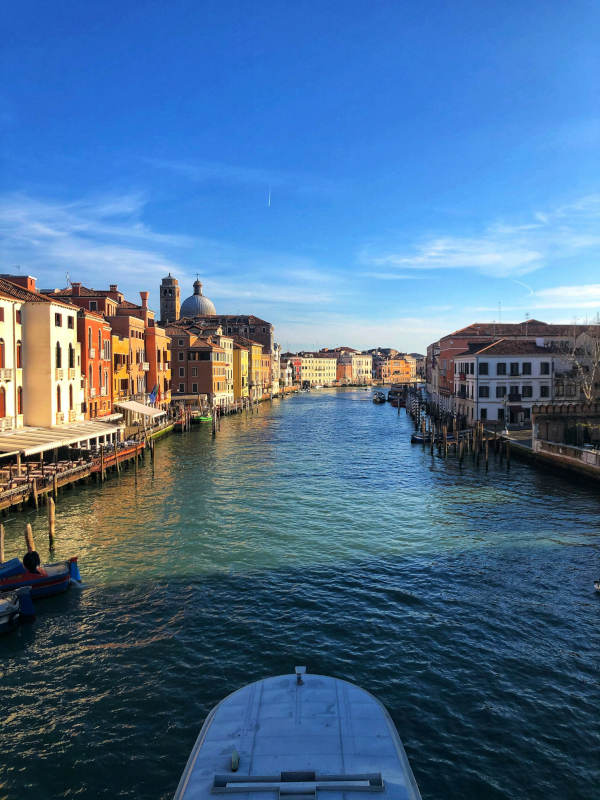
The Ghetto
The Jewish Ghetto in Cannaregio is a historic area of Venice, Italy. Established in 1516, it is recognized as the first ghetto in the world.
Located in the Cannaregio district, one of the six historic districts of Venice, the ghetto was an area where Jews were forced to live by decree of the Republic of Venice. The term “ghetto” originates from this historical context, likely from the Venetian word “geto” (foundry), due to the area’s proximity to a site used for cannon production.
The Jewish Ghetto of Cannaregio was surrounded by water and connected to the rest of the city by only two bridges, which were guarded and closed at night. The area was subject to various restrictions but also allowed the Jewish community a place of relative safety during a period of widespread anti-Semitism in Europe. Within its confines, the community established synagogues, schools, and other institutions.
Despite these oppressive conditions, the Jewish Ghetto of Venice became a center of Jewish life and culture. The area is now a significant historical site, offering insights into Jewish life in Venice over the centuries. It contains several synagogues, among the oldest still in use in the world, and a Jewish museum. The narrow streets of the ghetto, the tall buildings (which were built high to accommodate the population in the confined space), and the historical sites make it a fascinating area for historical and cultural exploration.
Today, the Jewish Ghetto of Cannaregio remains an essential part of Venice’s cultural and historical fabric, attracting visitors from all over the world interested in its rich history and heritage.
Ponte delle Guglie
The Ponte delle Guglie is one of the most famous bridges in Venice, located in the Cannaregio district. This stone bridge spans the Cannaregio Canal near the entrance to the Jewish Ghetto and is named for the four spires (small towers) at the corners of the bridge, which characterize its appearance and have defined its name.
The Ponte delle Guglie was originally built in wood in the 16th century and was later rebuilt in stone between 1580 and 1584. Its current structure dates back to a renovation in 1823 when the spires that give the bridge its name were added to embellish it, following the popular neo-Gothic style of that period.
Beyond its architectural beauty, the bridge offers a picturesque view of the canal and the daily activities that take place along Venice’s waterways, making it a point of interest for both residents and tourists. The surrounding area is rich in history and culture, with the nearby Jewish Ghetto offering a unique perspective on the historical life of Venice’s Jewish community.
The Ponte delle Guglie is easily accessible on foot, being an integral part of Venice’s urban fabric and its network of canals and bridges that allow for exploration of the city.
Strada nuova and fondamente nuove
The Strada Nuova and the Fondamenta Nuove are two important arteries in Venice, each with its own historical and social characteristics and significance.
The Strada Nuova is one of the main pedestrian streets in Venice, extending in the Cannaregio district. This long street, one of the widest in the city, connects the Santa Lucia train station with the Castello district, passing through numerous picturesque squares, bridges, and canals. Along its path, the Strada Nuova is lined with a variety of shops, cafes, restaurants, and bars, making it a lively center of daily activity and an important commercial artery for Venetians and tourists alike. It is an ideal place for walking, shopping, and immersing oneself in Venice’s unique atmosphere.
The Fondamenta Nuove, also located in the Cannaregio district, unlike the Strada Nuova, overlook the Venetian lagoon, offering a splendid view of the islands of Murano, Burano, and Torcello. This long walk along the lagoon is less commercial and more peaceful, perfect for those seeking a relaxing atmosphere away from the crowds. The Fondamenta Nuove also serve as an important departure station for ferries connecting Venice to the lagoon islands, making them a neuralgic point for transportation and a place of departure for exploring the magic of the Venetian islands.
Both areas are emblematic examples of Venetian life and urban structure, offering visitors and residents different experiences: the buzz and energy of the Strada Nuova, contrasted with the tranquility and breathtaking views of the Fondamenta Nuove. Exploring them provides a deeper understanding of the diversity and richness of Venetian life.
Canal of Cannaregio
The Cannaregio Canal is one of the main canals in Venice and serves as an important artery for waterborne transportation in the city. It is located in the Cannaregio district, one of the six historic districts of Venice. This canal connects the Grand Canal, near the Santa Lucia train station, with the northern lagoon of Venice, and acts as a crucial waterway for those moving between central Venice and the northern lagoon islands, such as Murano, Burano, and Torcello.
The Cannaregio Canal is flanked by historic buildings, bridges, and picturesque alleys, offering a fascinating glimpse into Venetian daily life away from the more touristy areas. Along the canal, there are also significant cultural and historic sites, including the Church of San Geremia and the Palazzo Labia, famous for its Tiepolo frescoes.
One of the distinctive features of the Cannaregio Canal is the Ponte delle Guglie, a splendid example of Venetian Baroque architecture, named after the four spires that adorn its corners. This bridge is not only important for its architectural beauty but also because it marks the entrance to Venice’s Jewish quarter, the Ghetto, an area of great historical and cultural significance.
The Cannaregio Canal is less crowded compared to the nearby Grand Canal, making it an ideal place for a relaxing stroll by gondola or vaporetto, allowing visitors to savor the tranquility and authenticity of Venetian life. Its historical, cultural, and social importance to Venice makes it a vital component of the city’s urban structure and daily life.

